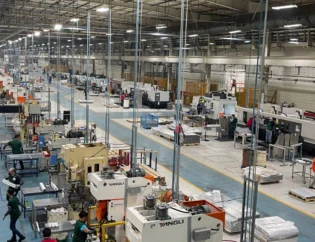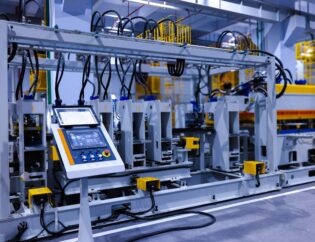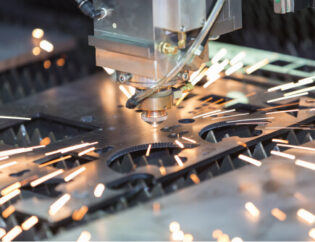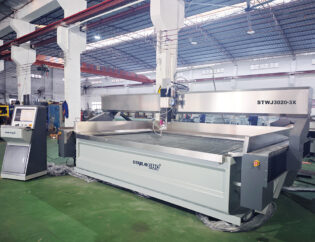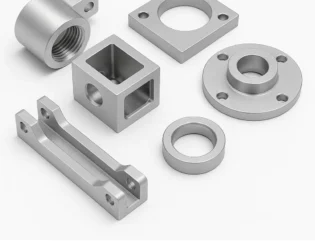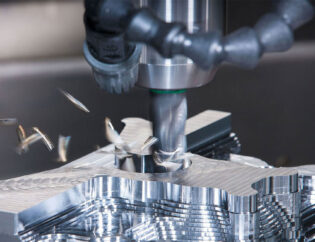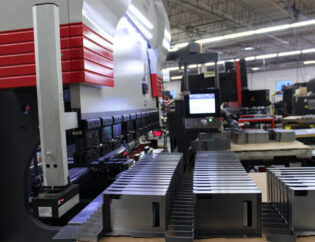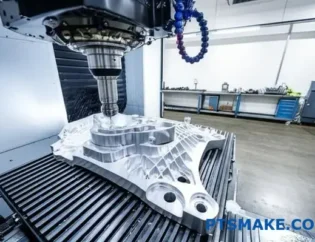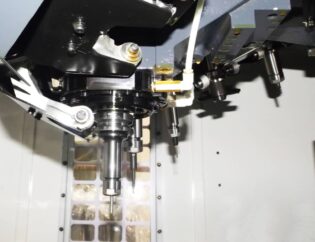CNC láser CO2 technology has revolutionized the manufacturing and design industries, offering precision and versatility in cutting and engraving materials. This guide delves into the intricacies of CO2 laser systems, exploring their applications, benefits, and operational principles. Understanding this technology is essential for anyone looking to enhance their production capabilities or enter the world of laser machining.
Readers can expect to learn about the various components of CNC láser CO2 machines, including their mechanics and software. We will cover essential topics such as material compatibility, maintenance tips, and safety protocols. By the end of this guide, you will have a comprehensive understanding of how to effectively utilize CO2 laser technology in your projects.
The Ultimate Guide to CO2 Laser Cutters
CO2 laser cutters are essential tools for various industries, offering precision and versatility in cutting and engraving materials. These machines utilize a focused beam of infrared laser light to cut through materials like wood, acrylic, glass, and more. In this guide, we will explore the technical features, types, and applications of CO2 laser cutters, helping you make an informed decision for your needs.
Technical Features of CO2 Laser Cutters
When considering a CO2 laser cutter, it’s crucial to understand the technical specifications that define its performance. Below is a comparison table highlighting key features of popular CO2 laser cutters:
| Feature | xTool P2 | Gweike Cloud Basic 2 | Glowforge Pro | OMTech 70W | FSL Pro Series PS24 |
|---|---|---|---|---|---|
| Power | 55W | 50W | 45W | 70W | 90W |
| Working Area | 600 x 308 mm | 510 x 300 mm | 279 x 495 mm | 395 x 750 mm | 610 x 406 mm |
| Max Speed | 600 mm/s | 600 mm/s | 300 mm/s | 500 mm/s | 500 mm/s |
| Resolution | 1000 dpi | 1000 dpi | 1350 dpi | 1000 dpi | 1000 dpi |
| Software Compatibility | Lightburn, XCS | Lightburn, Cloud Control | Glowforge Software | Lightburn | RetinaEngrave |
| Rotary Attachment | Yes | Yes | Yes | Yes | Yes |
Types of CO2 Laser Cutters
CO2 laser cutters come in various types, each designed for specific applications and user needs. Below is a comparison table of different types of CO2 laser cutters:
| Type | Description | Ideal For |
|---|---|---|
| Desktop CO2 Laser | Compact machines suitable for home use and small businesses. | Hobbyists, small projects |
| Industrial CO2 Laser | High-powered machines designed for heavy-duty cutting and engraving. | Large-scale manufacturing |
| Hybrid CO2 Laser | Capable of cutting both non-metals and thin metals. | Versatile applications |
| Entry-Level CO2 Laser | Affordable options for beginners and hobbyists. | Learning and small projects |
| Professional CO2 Laser | Advanced features for precision and efficiency in commercial settings. | Professional engraving and cutting |
Comprehensive Insights
Applications of CO2 Laser Cutters
CO2 laser cutters are widely used in various industries, including woodworking, sign making, and fabric cutting. They excel in creating intricate designs and precise cuts, making them ideal for both small-scale projects and large industrial applications. For instance, companies like Laguna Tools offer a range of CO2 laser machines tailored for different needs.
Advantages of CO2 Laser Cutters
One of the primary advantages of CO2 laser cutters is their ability to cut through a wide range of materials, including wood, acrylic, glass, and leather. They provide clean edges and intricate details, which are essential for high-quality products. Additionally, CO2 lasers are relatively easy to operate, making them accessible for beginners and professionals alike.
Choosing the Right CO2 Laser Cutter
When selecting a CO2 laser cutter, consider factors such as power, working area, and software compatibility. For example, the Gweike Cloud Basic 2 is an excellent choice for those on a budget, while the Glowforge Pro offers advanced features for professional use.
Maintenance and Care
Proper maintenance is crucial for the longevity of CO2 laser cutters. Regularly clean the lenses and mirrors to ensure optimal performance. Additionally, keep the machine free from dust and debris to prevent any operational issues. Companies like Bogong Machinery provide support and resources for maintaining your laser cutter.
Future Trends in CO2 Laser Technology
As technology advances, CO2 laser cutters are becoming more efficient and user-friendly. Innovations such as improved software compatibility and enhanced safety features are making these machines more accessible to a broader audience. The future of CO2 laser cutting looks promising, with ongoing developments in automation and precision.
Conclusion
CO2 laser cutters are invaluable tools for various applications, from crafting intricate designs to large-scale manufacturing. Understanding the technical features and types of CO2 laser cutters will help you choose the right machine for your needs. Whether you’re a hobbyist or a professional, investing in a CO2 laser cutter can significantly enhance your capabilities.
FAQs
Related Video
What materials can a CO2 laser cutter cut?
CO2 laser cutters can cut a wide range of materials, including wood, acrylic, glass, leather, and some thin metals.
How do I maintain my CO2 laser cutter?
Regularly clean the lenses and mirrors, keep the machine free from dust, and follow the manufacturer’s maintenance guidelines.
What is the difference between a CO2 laser cutter and a fiber laser cutter?
CO2 laser cutters are ideal for non-metals, while fiber lasers are more effective for cutting metals.
Can I use a CO2 laser cutter for engraving?
Yes, CO2 laser cutters are excellent for engraving materials like wood, glass, and acrylic.
What is the best CO2 laser cutter for beginners?
Entry-level models like the Gweike Cloud Basic 2 are great for beginners due to their affordability and ease of use.

